The First Computer Animated Short Film Created for Entertainment
In 1968, at a time when most computer graphics were tied to scientific research or industrial applications, a short film called Flexipede offered something refreshingly different: personality.
Created by Tony Pritchett at the Atlas Computer Laboratory near Oxford, Flexipede was the first known computer animated short designed purely for entertainment. Its main character, a flexible, caterpillar-like creature was built from simple shapes, yet moved with unmistakable charm and rhythm.
What made this short especially significant wasn’t just its animation technique, but the intent behind it. It was never meant to simulate physics or visualize data. It was meant to entertain. This made Flexipede one of the earliest examples of digital storytelling through animation.
The film was rendered in black and white using the mainframe systems available at the time and was first shown publicly at the Cybernetic Serendipity exhibition in London. This influential event brought together pioneers in art and technology, and Flexipede stood out as a whimsical glimpse into what computers could offer creatively.
Atlas, one of the UK’s most advanced computing facilities in that era, became an unlikely home for artistic exploration. With Pritchett’s experiment, the lab proved that programming wasn’t just a tool for analysis, it could also be a medium for expression.
There were no shaders, no lighting models, and no motion blur. Just math, timing, and the vision to give movement to a digital character.
Flexipede was more than a curiosity. It was a turning point. It quietly marked the beginning of a new way to use computers, not just as calculators, but as co-creators in the art of animation.

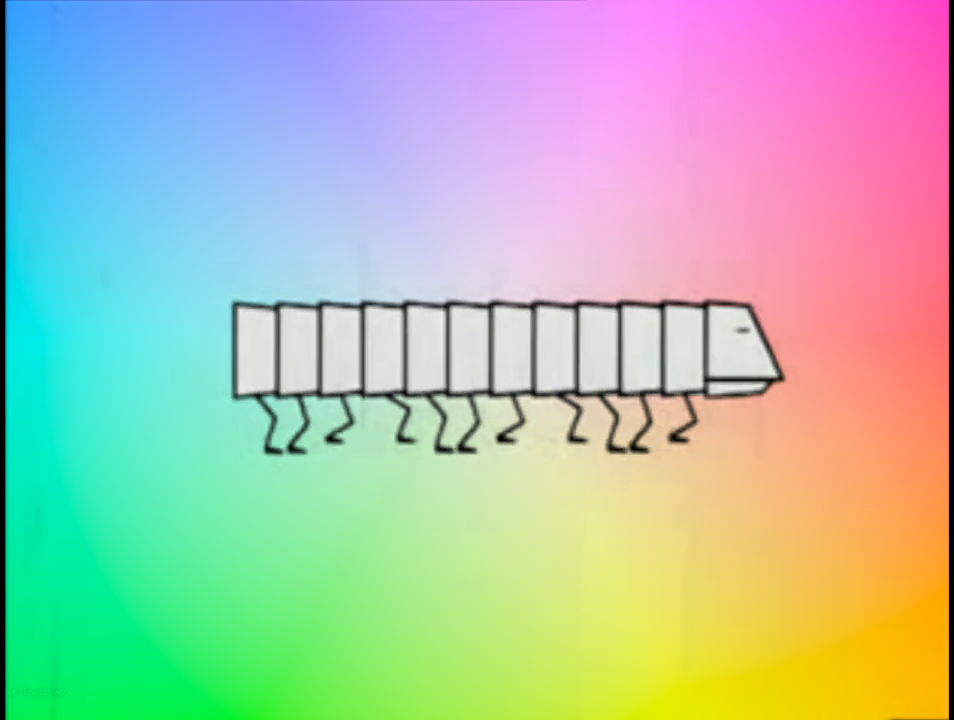


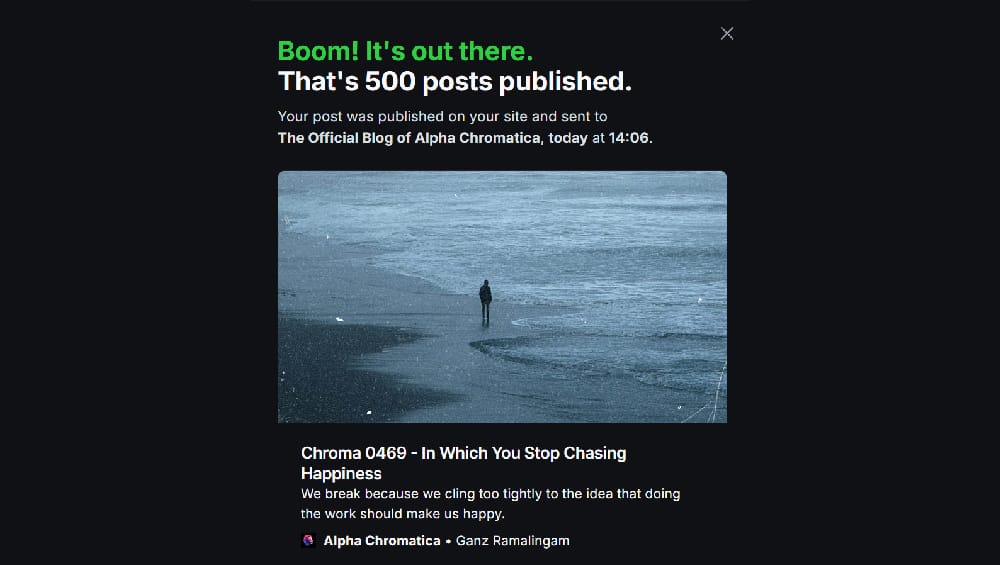




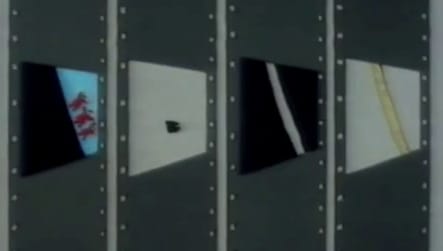
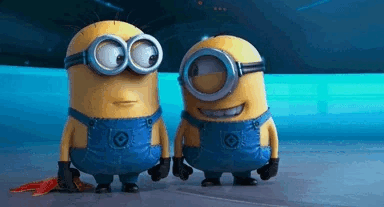
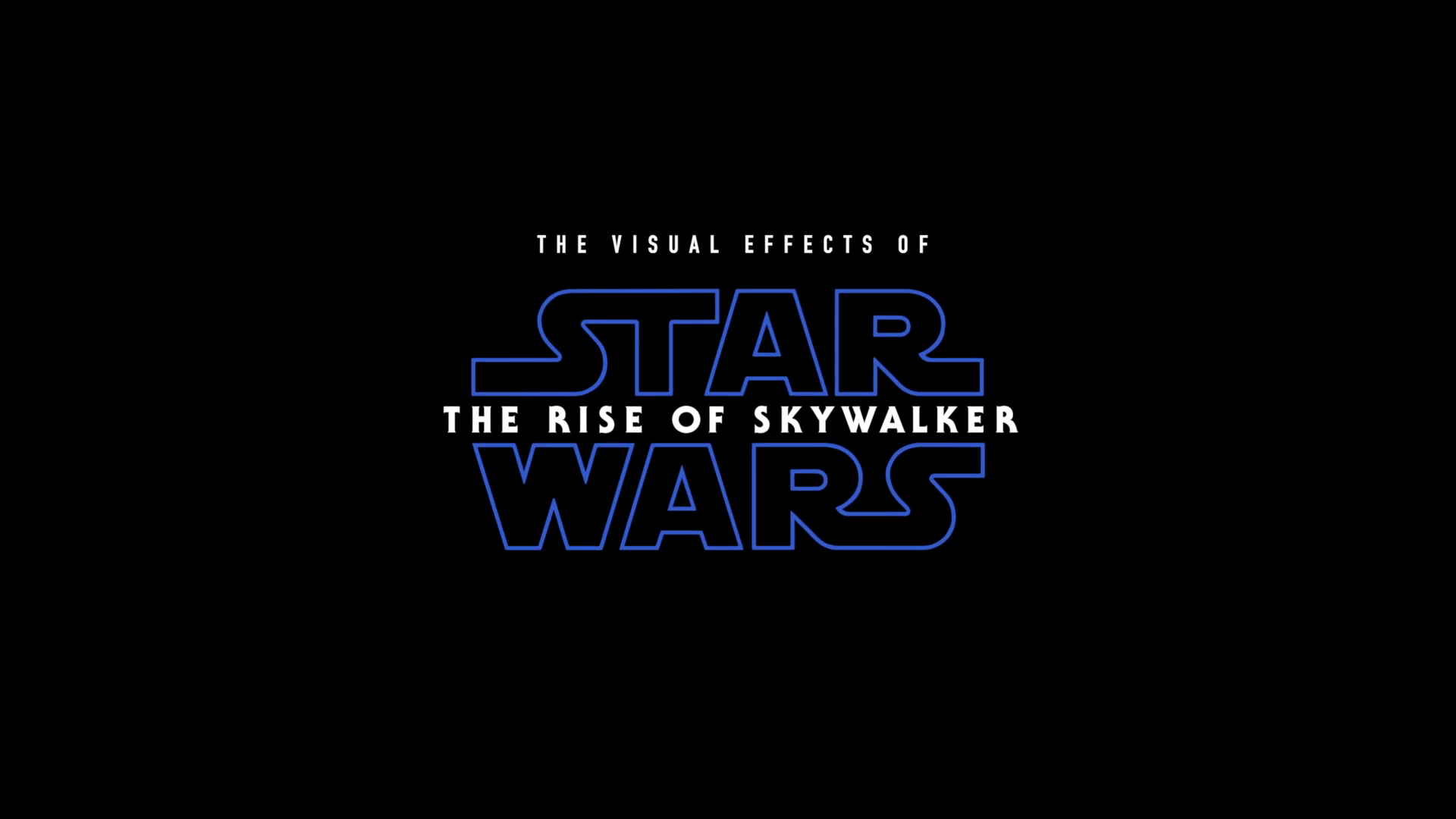
Discussion